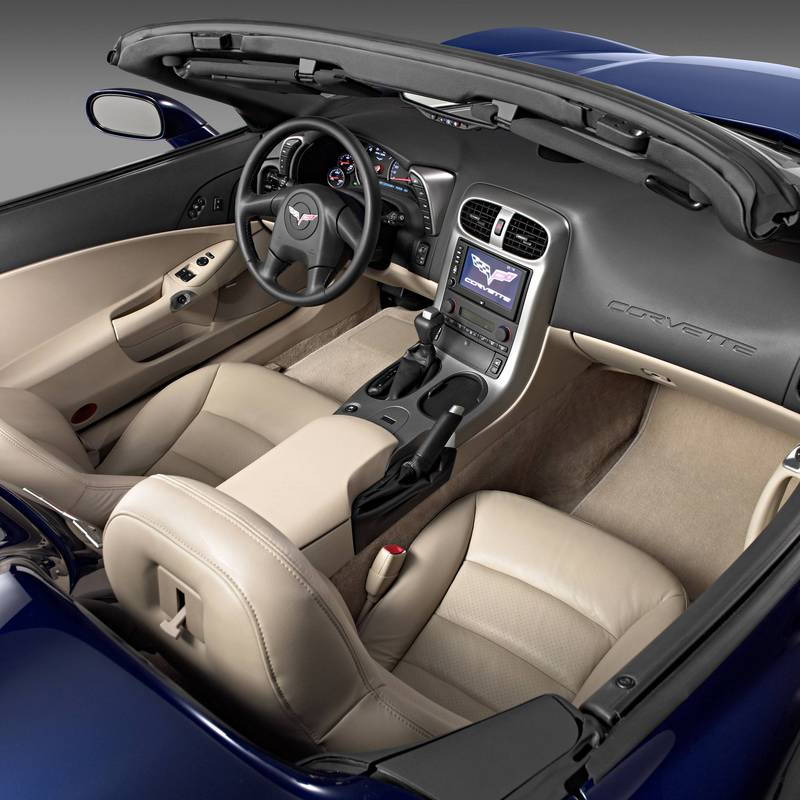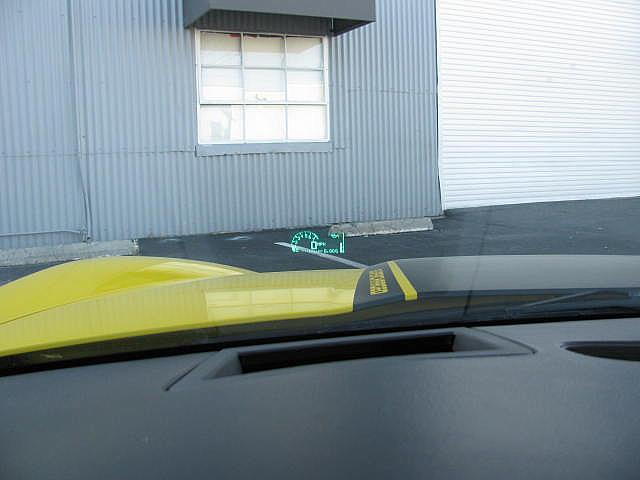C6 C7 Corvette: Paddleshift Information
While some prefer the old school feel of a manual transmission, there are those that think it's too much work. Some like the involvement necessary, and others don't. Here, the specifics of the paddle shifting transmission are discussed.
This article applies to the C6 and C7 Corvette (2005-current).
Most sport cars are beginning to be offered with just an automatic transmission option. However, it's not a regular automatic transmission; these transmissions come equipped with the potential of manually changing the gears. This is done by shifting the paddles located on the steering wheel. The new paddle shifting transmissions are faster on tracks and provide faster gear changes than the traditional manual transmissions. Even knowing that, many people love the involvement needed when driving a manual transmission. For that reason, hopefully, manual transmissions will never get completely phased out, but for those that prefer comfort, ease and faster gear changes, the automatic transmission might be for you.
Component Breakdown
How to Engage the Sport Mode
To engage the sport mode (paddle shifting), drop the transmission lever to the last option with the 'S' ('M' for C7 Corvette). The transmission will continue to work like a regular automatic until you engage the paddles. The paddles activate the manual gear selection feature.

How to Shift Gears Manually
While in the 'S' mode, the paddles on the steering wheel can be used to manually up-shift and down-shift the transmission gears. Push the paddle above the steering wheel spoke to up-shift to the next gear. To down-shift, you need to pull the paddle. While in manual mode, the transmission will automatically down-shift gears for you as you slow down. When you come to a complete stop, the transmission will select 2nd gear. You can manually select 1st gear with the paddles if you want fast acceleration.
For the C7 Corvette, the manual paddle shift system can be used in 'D' or 'M.' The system is engaged by pushing the left paddle to down-shift and right paddle to up-shift.

Gear Shifting Protection
The automatic transmission protects against bad shifting decisions. If you want to down-shift but are going too fast for that particular gear, the transmission will block the shift. In addition, the transmission will not allow you to start in 4th or a taller gear. These are features that are not possible with a manual transmission. Also, if you don't up-shift at a proper time, the cars acceleration will be limited in order to protect the engine from getting damaged.

Common Questions
Which transmission is better?
It depends on your situation and priorities. If you have a long commute to work and ease/comfort is at the top of your list, then the automatic transmission will be perfect for you. If you have no commute and driver engagement is at the top of your list, then the manual transmission might be the better choice. In addition, if you race frequently at track events, the manual might also be your weapon of choice. For drag racing and consistent times, the automatic transmission is typically preferred.
Why are there paddles on the manual transmission-equipped Corvette?
The paddles located on the steering wheel of a manual transmission Corvette are there to turn on and off the rev match feature. The rev match feature is similar to the one on the Nissan 370Z, where the throttle is automatically "blipped" on downshifts to match the engine revs for the gear selected. For example, if you are at 2000 RPM in 4th gear but wish to downshift to 2nd, the rev match feature will automatically match the revs to about 4000 RPM for a smooth 2nd gear downshift.
Technical Service Bulletins (TSB's)
There are no automatic transmission-related factory recalls at this time.
Related Discussions and Site
- PDF of Owner's Manual, Pages 2-28 and 2-29 - Chevrolet.com
- Auto or Manual C6? - CorvetteForum.com
- Which is Faster? - CorvetteForum.com






